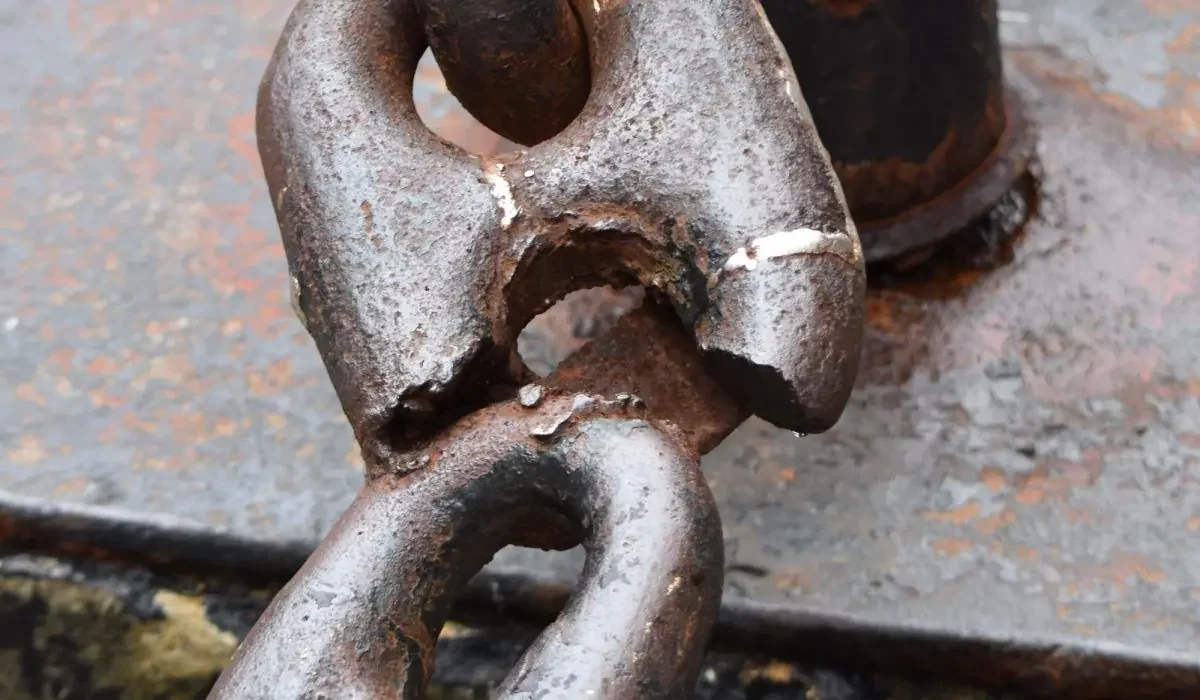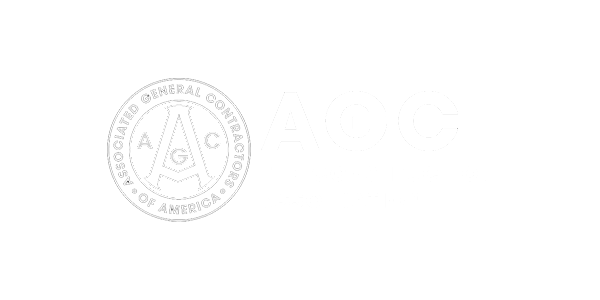In an industry as complex and competitive as construction, it’s vital to maintain a productive and efficient project workflow.
General contractors and subcontractors have shared their ongoing issues and pain points – specifically around supply chain and the challenges they face maintaining a solid relationship with theirs.
Your supply chain refers to the physical transfer of materials from suppliers and manufacturers to your job site, ending in a complete project for your owner.
The completion of the job is contingent on all the correct materials arriving in a timely manner, and exists in the finite space where fair price and sufficient quality come together.
In addition to physical materials, your supply chain encompasses a delicate balance of relationships that must be effectively managed for your project to be completed successfully. As the general contractor, you reside in the middle of this chain of relationships as the one who interfaces with both the owner and the subcontractors and other laborers on the job site. Most often, you represent the interests both up and down your supply chain.
Traditional supply chain relationships have been facing some pushback in recent years.
As ‘Designing Buildings’ describes it on their Supply Chain Management Wiki, “project relationships are short term and have defined start and end points. The resulting lack of continuity prevents the innovation and improvement of process. Changing the perspective from delivery of a ‘project’ to the process of ‘project delivery’ requires the building of long-term relationships, partnering, and alliancing.”

We agree – focusing on the process and relationship building is what allows for more effective supply chains. That’s the key – collaboration and visibility for all parties.
Many GCPay customers already prioritize relationships rather than transactional supply chains.
For example, Dome Construction out of San Francisco, prioritizes working with the same subcontractors whenever possible. Long-term relationships with subcontractors allows for consistency. You build trust about the work being done and improve processes over time.
Dome Construction was tired of their manual, paper-based process for payment applications. Subs were constantly reaching out for updates and status inquiries because they had no visibility. Their accounting team was bogged down and the subs were frustrated by the slow process.
Adopting GCPay allowed Dome to offer transparency to subcontractors right in the platform.
On their end, subs can see schedule of values for the project, compliance requirements, and change orders. If there’s an issue with the application for payment, subs are notified automatically through email. Dome was relieved to free their accounting team from the endless email trails.
The best way to reach the point of full collaboration and visibility with your supply chain is to adopt technology solutions.
Construction technology platform like GCPay provide a central location for general contractors and subcontractors to easily stay up-to-date on outstanding tasks and upcoming deadlines.








